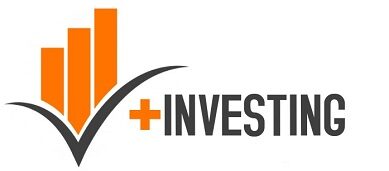For most of us, buying a home is more than a transaction; it is a big life moment. This dream often comes with a financial commitment known as a Home Loan.
Before you begin checking property listings or scheduling site visits, take a moment to pause and plan. A loan may look like a bunch of numbers on a screen, but it is also about your choices. Here is what you need to know before signing on the dotted line.
1. Start With: “How Much Can I Actually Borrow?”
Every lender has a formula. They will look at your income, expenses, EMIs, age, employment type, and a few other boxes to check if you qualify. Instead of guessing, use a Home Loan eligibility calculator, it gives you a realistic estimate of what you can borrow, based on your financial profile. This isn’t just about approval. It is about knowing your range before you start house-hunting.
2. Don’t Just Chase the Maximum Loan—Think About Comfort
The eligibility calculator may indicate that you can borrow ₹80 lakhs. But should you? The real question is, what kind of EMI feels sustainable over the long haul?
A larger loan means higher EMIs, and higher EMIs mean more pressure on the monthly budget. Add sudden monthly expenses like getting the AC repaired or dealing with a seepage issue, and things can quickly get strained.
A good rule to follow? Your total EMIs (across all loans) should not exceed 40% of your net income. This allows you to have room for savings, living expenses and the occasional treat.
3. Interest Rate: Fixed or Floating?
There is no “best” interest rate option, but there is a best one for your situation. A fixed rate gives you certainty. Your EMI stays the same during the fixed period—great if you like predictability. A floating rate changes with market conditions. It might start lower, but it can rise (or fall) over time.
Just ensure you understand how your rate is calculated and what the long-term implications could be.
4. Credit Score: Silent, But Powerful
A credit score above 750 can mean easier approvals and even better loan terms. Anything lower, and you may face higher interest or extra scrutiny.
If your score needs work, do the needful. Pay off existing debts, avoid opening new credit cards for a while, and review your report for any errors. Even a 20-point boost can make a noticeable difference.
5. The Fine Print Is Not Optional Reading
It’s easy to focus on the EMI and rate—but the terms matter just as much. Before you apply, check:
- Are there charges for early repayment or foreclosure?
- What’s the processing fee?
- Does the loan have mandatory insurance or add-ons?
- What happens if you miss an EMI?
You don’t need to become a legal expert—but read carefully. Ask questions. Take notes. It’s your right as a borrower to know exactly what you are signing up for.
6. Plan for Surprises
A Home Loan usually runs 15 to 30 years. That is a long time—and a lot can change. Promotions, transfers, career breaks, new family members, health issues. All of it can affect your finances.
It’s wise to keep a cushion: an emergency fund with at least 3–6 months of EMIs and living expenses. That way, if something unexpected crops up, your repayments don’t have to suffer.
7. Use Tools to Map the Journey
Don’t do guesswork; instead, use tools built for this purpose. A Home Loan eligibility calculator helps with loan planning, and an EMI calculator shows how your monthly payments change with tenure or interest rate tweaks.
Play around with the numbers. Try different scenarios. It is a great way to spot your comfort zone before committing to a long-term repayment plan.
Think Long-Term, Act Today
Home Loans can feel intimidating, but they don’t have to be. The key is to be informed. Understand your own finances first. Ask lenders the right questions. Read everything twice. It is not just about getting approved; it is about choosing a loan that fits your life, not the other way around.

